Few trees hold as much prestige in the world of woodworking as the mahogany tree. Celebrated for its deep, reddish-brown hue and timeless elegance, mahogany is a top choice for luxury furniture, boat craftsmanship, and high-quality musical instruments.
But mahogany isn’t just prized for its wood — it’s a remarkable tree with significant environmental and economic benefits. In this guide, we’ll explore everything you need to know about mahogany trees — from their incredible advantages to practical tips on planting and cultivating them.
Before we delve into the details, let’s first understand what makes the mahogany tree truly special. Mahogany refers to a group of tropical hardwood trees from the Swietenia genus, with the most renowned species being Swietenia macrophylla — commonly known as Big-leaf Mahogany. This species is native to the lush forests of Central and South America.
Famous for its dense, reddish-brown timber, mahogany is a favorite in the world of fine furniture, cabinetry, and musical instruments. The tree itself is grand and majestic, reaching heights of up to 150 feet in the wild. When cultivated, however, it usually grows to a more manageable height of around 50–60 feet, depending on the growing conditions.
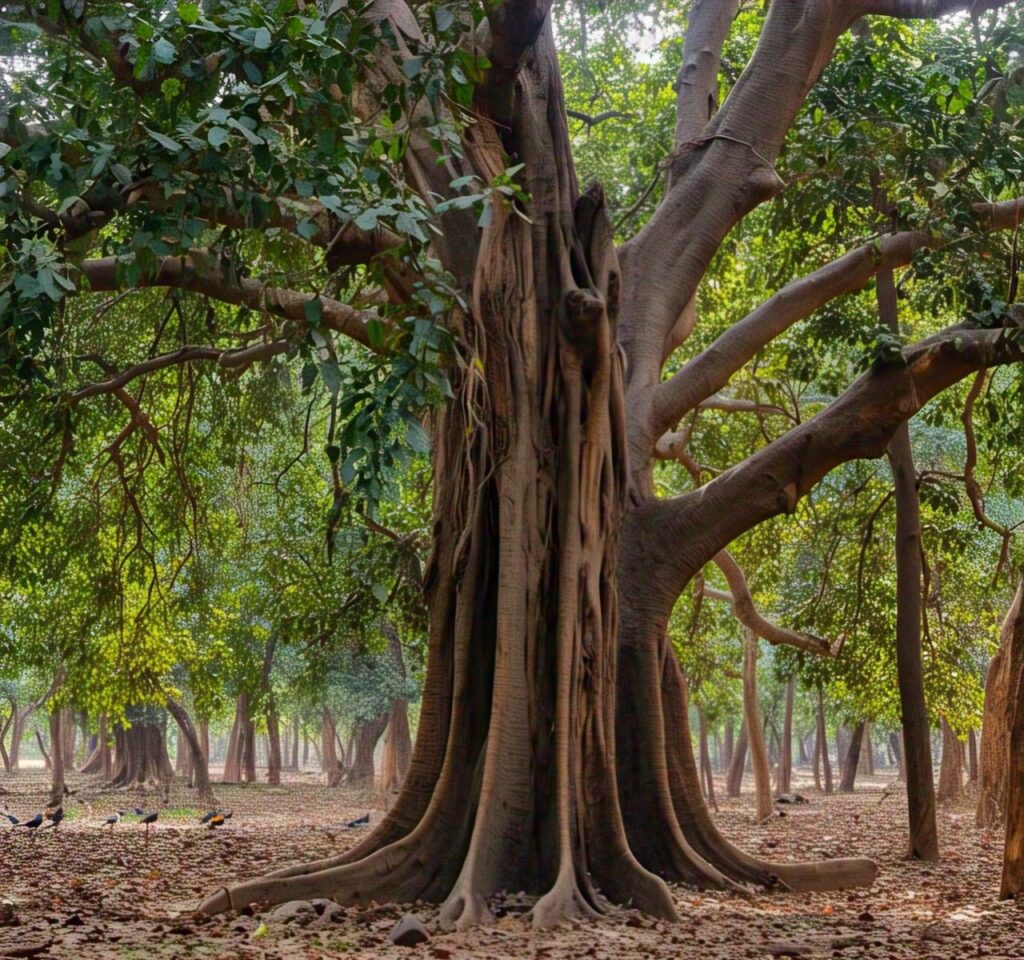
Mahogany trees are far from your typical backyard plants. They boast distinctive features that make them stand out in any landscape:
Impressive Size: Mahogany trees can grow exceptionally tall with a straight, sturdy trunk and a wide, spreading canopy. Their massive size contributes to their ability to yield high-quality timber.
Lush Leaves: The leaves are large, shiny, and oval-shaped, forming a thick, vibrant green canopy that offers excellent shade.
Delicate Flowers: These trees produce small, fragrant yellow-green flowers, which eventually develop into fruit containing seeds — perfect for propagation.
Premium Wood Texture: Mahogany wood is dense, fine-grained, and rich reddish-brown in color. When polished, it boasts a smooth, luxurious finish. Its durability and beauty make it highly sought after in woodworking and construction.
Now that we understand what makes mahogany trees unique, let’s explore why this hardwood is so highly valued. Regarded as one of the finest and most luxurious hardwoods in the world, mahogany boasts a wide range of applications:
1.Elegant Furniture:: Mahogany is most famous for its use in premium furniture. Whether it’s a classic carved cabinet or a modern, sleek desk, mahogany brings timeless elegance and sophistication to any space.
2.High-Quality Cabinetry:: Thanks to its smooth texture and rich color, mahogany is a top choice for cabinetry that’s as durable as it is beautiful.
3.Boat Building:: Its natural resistance to water damage and exceptional strength make mahogany a favorite material in traditional and modern boat construction.
4.Musical Instruments:: Mahogany is often used in instruments like guitars, pianos, and violins, known for producing a warm, resonant tone that musicians love.
5.Fine Woodworking:: Easy to work with and capable of a polished finish, mahogany is ideal for intricate carvings, decorative panels, and other detailed woodcraft projects.

While mahogany is prized for its wood, the tree itself offers a range of benefits to the environment and communities:
Soil Stabilization: The deep roots of the mahogany tree help stabilize the soil and prevent erosion, which is especially important in tropical regions prone to heavy rainfall.
Biodiversity: Mahogany trees contribute to the biodiversity of forests, providing habitats for various species of animals and insects.
If you’re considering starting your own mahogany tree plantation, you’re in good company. With rising demand for high-quality hardwood, mahogany farming has become an attractive and profitable opportunity for both farmers and investors.
That said, cultivating mahogany isn’t a simple set-it-and-forget-it process. It demands proper planning, consistent care, and the right environmental conditions to thrive and yield long-term returns.
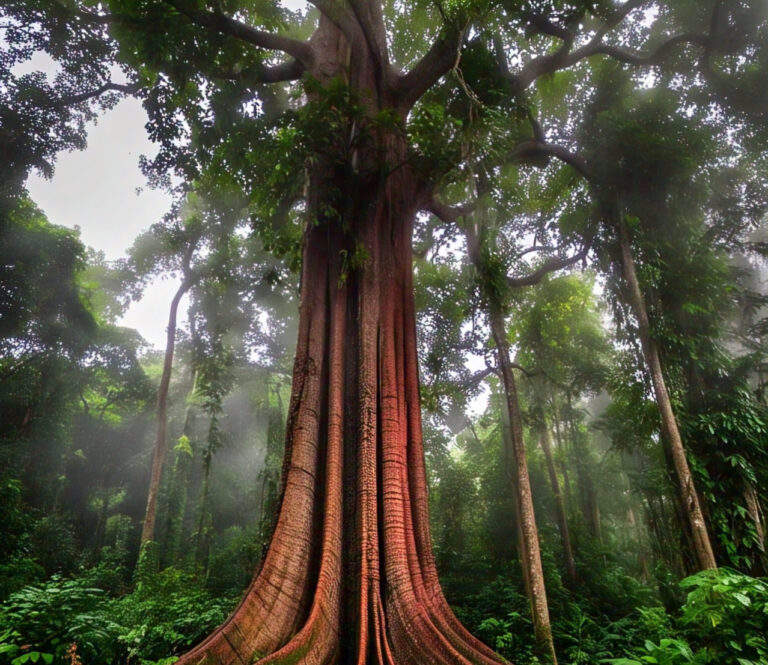
If you’ve got your heart set on planting a mahogany tree, here’s how you can do it:
Choose the Right Location: Mahogany trees need a tropical or subtropical climate with plenty of rainfall and sunlight. Ideally, they should be planted in well-drained soil in an area with consistent weather patterns.
Prepare the Soil: Before planting, ensure the soil is loose and fertile. Mahogany trees prefer slightly acidic to neutral soil. Test the soil’s pH if you’re unsure.
Planting the Seedlings: You can either plant seeds or buy young saplings. If you’re planting seeds, soak them in water for 24 hours before planting. Space the saplings or seeds at least 8-10 feet apart, as mahogany trees need plenty of room to grow.
Watering and Care: Water the saplings regularly, but don’t overdo it. Mahogany trees like consistent moisture, but they don’t tolerate waterlogged soil. Mulching around the base of the tree can help retain moisture and keep the soil cool.
Fertilizing: Apply a balanced fertilizer every 4-6 months to ensure the tree has the nutrients it needs for strong growth.
Protecting the Trees: Keep an eye out for pests, diseases, or competing weeds that could harm your saplings. It’s also a good idea to use tree guards or fencing to protect young trees from animals.
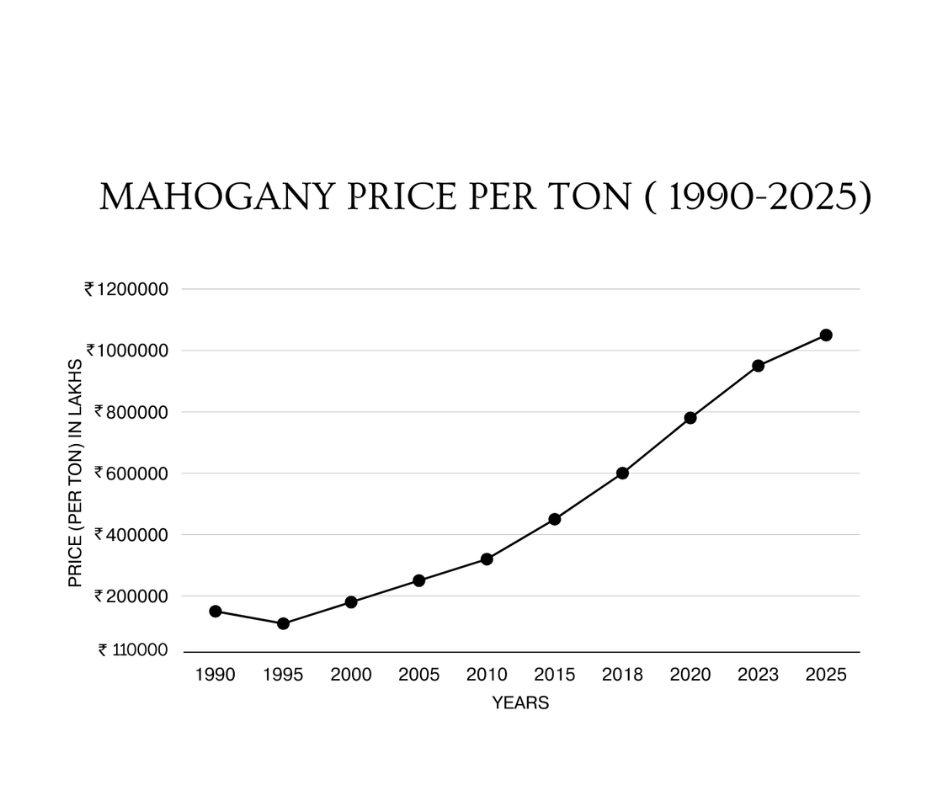
The growth rate of a mahogany tree depends on several factors, such as climate, soil quality, and the level of care it receives. On average, under ideal conditions, mahogany trees grow about 1 to 3 feet per year. With proper maintenance, your tree could reach 20 to 30 feet in height within just 10 years.
However, to reach full maturity and produce high-quality timber, a mahogany tree typically takes around 20 to 30 years. That’s why mahogany farming is often seen as a long-term investment. But when the time comes, the returns can be truly rewarding.
If you’re planning to grow mahogany, one of the first questions you’ll likely ask is: “How many trees can I plant per acre?” The answer varies based on factors like spacing preferences, climate conditions, and whether your goal is timber production or environmental conservation.
On average, most farmers plant between 400 to 500 mahogany trees per acre. This spacing provides ample room for each tree to grow strong and healthy without competing for resources. In the early stages, you can plant them closer together and gradually thin them out as they mature, ensuring each tree has enough space to reach its full potential.
Ah, the moment we’ve all been waiting for harvesting time! Mahogany trees are typically harvested after 10-15 years, once they have reached a sufficient size and maturity. At this point, the wood is dense, high-quality, and ready for commercial use. However, keep in mind that harvesting should be done carefully to prevent damaging the surrounding ecosystem or depleting resources too quickly.
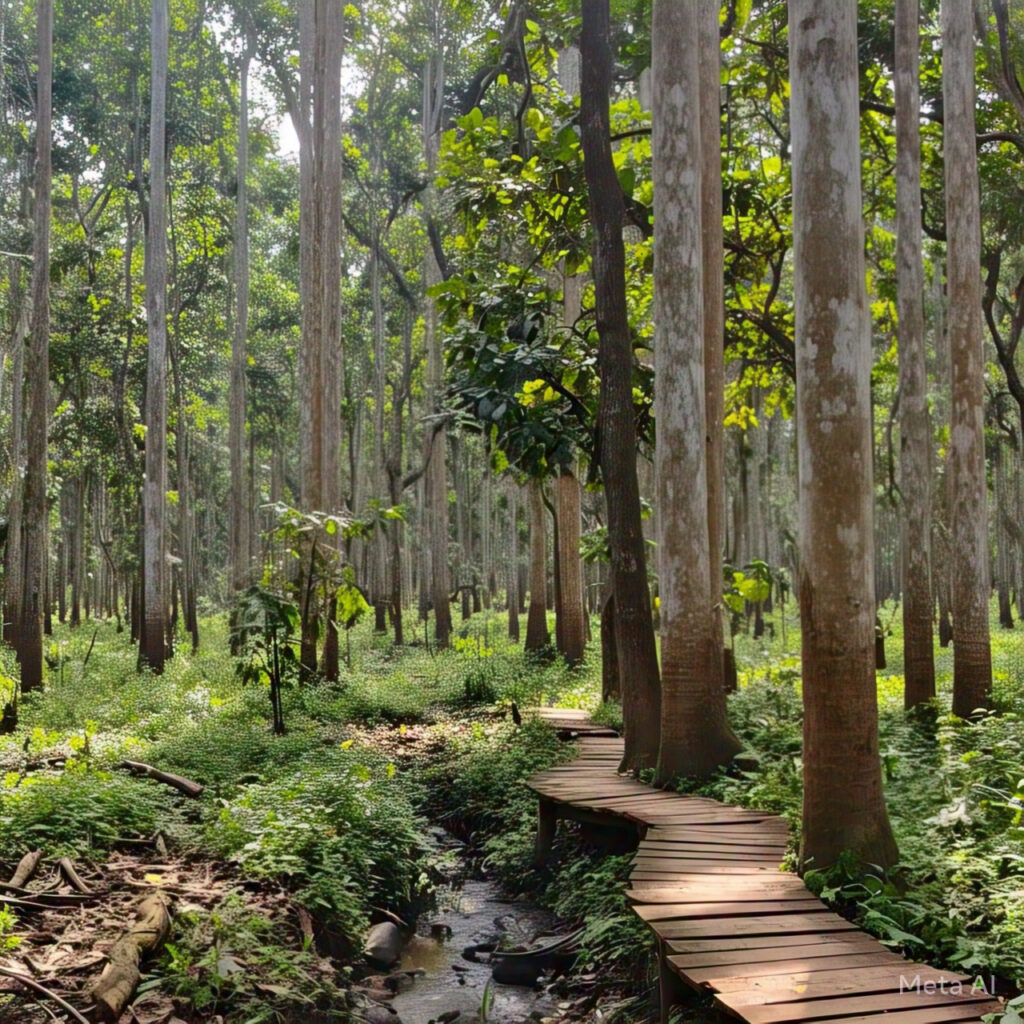
If you’re looking to profit from mahogany farming, knowing the wood’s price is crucial. Mahogany wood price in India can vary depending on quality, size, and market demand. On average, the price of mahogany wood can range from ₹300 to ₹700 per cubic foot. Keep in mind that this price fluctuates depending on the quality of the wood, as well as whether it’s sourced from plantations or the wild.
At Shrimprrealty, we are committed to sustainable and eco-friendly agricultural practices. That’s why mahogany tree plantation is an ideal match for our managed farmlands in Sakleshpur. With a focus on long-term, high-value forestry, we offer selective farm plots for investors and nature enthusiasts to plant mahogany trees and actively contribute to environmental conservation.
Under expert guidance, our approach to tree planting, harvesting, and ongoing maintenance — including meticulous soil preparation — is designed to maximize yields while preserving local biodiversity. If you’re considering investing in a mahogany plantation or exploring alternative, environmentally responsible farming options, Shrimprrealty is here to make your journey both profitable and seamless.
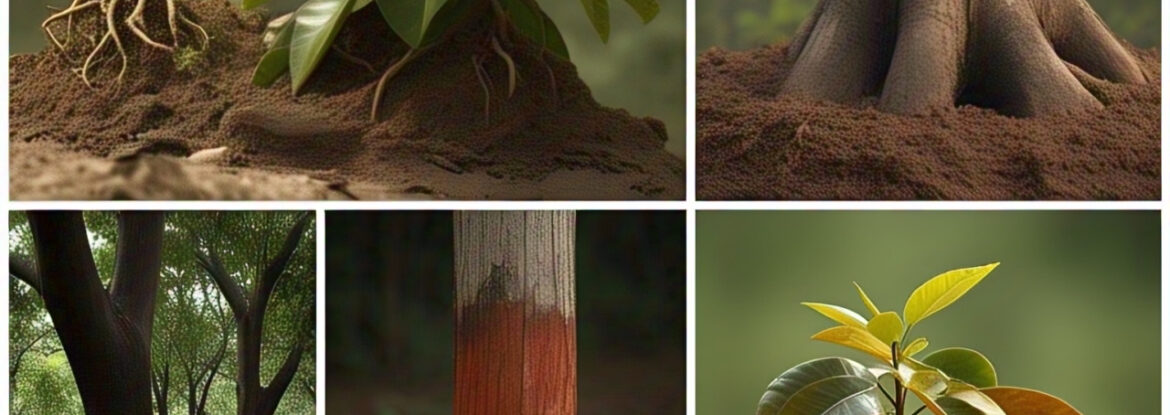
Planting and nurturing mahogany trees isn’t a quick-win endeavor — it requires dedication and patience. But for those willing to commit, the rewards are truly worthwhile. Whether you’re drawn to its rich, premium-quality wood or inspired by the environmental and community benefits it offers, mahogany presents a world of opportunity.
Keep in mind, from the first sapling to a mature harvest, mahogany takes time to flourish. But with the right care, climate, and commitment, your efforts will yield lasting value. Whether you’re planting a few trees at home or launching a full-scale plantation, the majestic mahogany is sure to leave a lasting legacy.
Get In Touch!
Ready to grow your future with a sustainable and profitable agroforestry investment?
Visit our website today to explore in-depth details about our farmland projects, timber options like Mahogany and Sandalwood, and real-time insights into ROI and benefits.